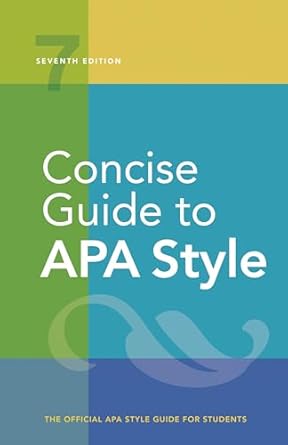[toc]
genderneutral language creating inclusive environments
Concise Guide to APA Style: 7th Edition (OFFICIAL)
Page 92 Review
The Importance of Gender-Neutral Language in Research and Professional Settings
This excerpt emphasizes the crucial role of gender-neutral language in creating inclusive and unbiased environments, particularly within research and professional contexts.
It highlights how gender-specific language can inadvertently marginalize and alienate individuals who do not identify with the dominant gender, leading to feelings of exclusion and reduced motivation.
Avoiding Gender Bias in Language
The document strongly advises against the use of gendered pronouns like “he” or “she” when referring to a general group of people.
As the excerpt states:
“individuals of that gender even when the pronoun use is intended to be generic (Gastil, 1990; Moulton et al., 1978).
In addition, exposure to gender-specific language in a professional context has been linked with a lower sense of belonging, reduced motivation, and professional disidentification for individuals who do not identify with that gender (Stout & Dasgupta, 2011).”
This quote underscores the negative impact of gendered language on individuals who don’t conform to the binary.
It can lead to a sense of not belonging, which in turn affects their motivation and professional identity.
The Singular ‘They’ as an Inclusive Alternative
The text promotes the use of the singular “they” as a more inclusive and unbiased alternative.
“When writers use the singular “they,” it reduces bias in the way that readers perceive the individuals referred to in the text and thereby helps ensure that readers do not feel ostracized by that text.”
This suggests that using “they” allows for a more inclusive reading experience, ensuring that individuals do not feel excluded or misrepresented by the language used.
Addressing the Binary Gender Assumption
The document also addresses the problematic use of terms like “he or she” or “opposite sex/gender,” highlighting their implication of a binary gender system.
“Avoid using combinations such as “he or she,’ “she or he,” “he/she,” and “(s)he” as alternatives to the singular “they” because such constructions imply an exclusively binary nature of gender and exclude individuals who do not use these pronouns.”
It clearly states why such phrases are not only awkward but also exclusionary, as they invalidate the existence of individuals who identify outside the traditional male/female binary.
The excerpt further elaborates on the issues surrounding terms like “opposite sex/gender”:
“Avoid referring to one sex or gender as the “opposite sex” or “opposite gender”; appropriate wording may be “another sex” or “another gender.” The word “opposite” implies strong differences between two sexes or genders; however, there are more similarities than differences among people of different genders or sexes (see, e.g., Zell et al., 2015).”
This highlights the inaccurate portrayal of significant differences between genders and emphasizes that similarities often outweigh differences.
Moreover, it explicitly acknowledges the existence of individuals who do not fit into a binary gender model, including those with differences of sex development or who are intersex, referencing relevant organizations and research (Accord Alliance, n.d.; APA, 2015a; Blackless et al., 2000; Intersex Society of North America, n.d.).
For describing relationships, the document suggests using “mixed gender/sex” or “same gender/sex” to avoid implying opposition.
Contextual Language in Research Participation
Finally, the excerpt touches upon the language used when discussing participation in research:
“People participate in research in a variety of settings, including laboratories, homes, schools, businesses, clinics, and hospitals.
Specific terms are used in certain contexts.
When writing about people who participate in research, descriptive terms such as “college students,”…”
This serves as a reminder to use specific and descriptive terms when referring to research participants, adapting the language to the specific context of the study.
Conclusion
In conclusion, this passage underscores the significance of mindful language use.
By adopting gender-neutral terms and avoiding binary assumptions, we can foster a more inclusive and equitable environment for everyone, especially in research and professional settings, where feelings of belonging and motivation are paramount.
Buy full ebook for only $18: https://www.lulu.com/shop/american-psychological-association/concise-guide-to-apa-style-7th-edition-official/ebook/product-rmzpq54.html?page=1&pageSize=4


Leave a Reply